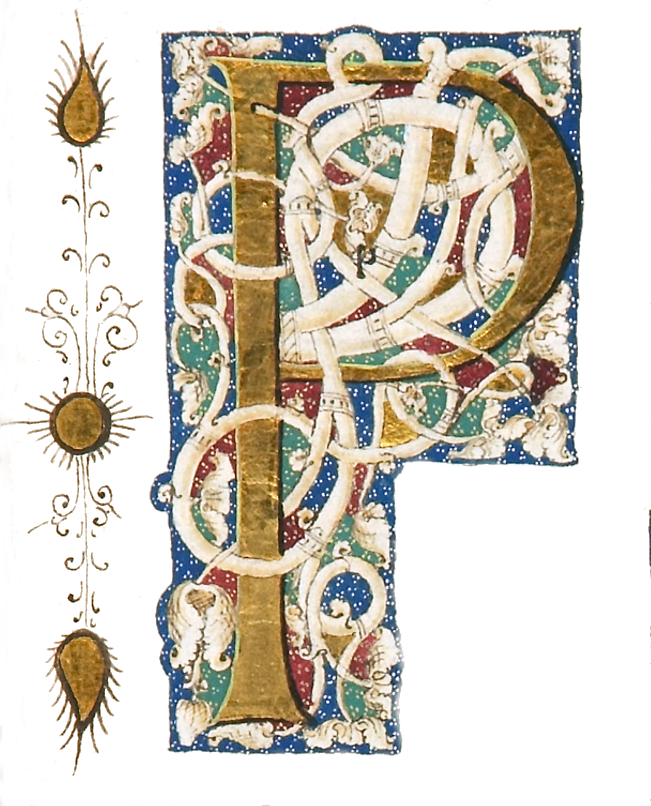first edition
1854 · Philadelphia; London
by (AMERICANA - WESTERN). HEAP, GWINN HARRIS
Philadelphia; London: Lippincott, Grambo and Co.; Trübner and Co, 1854. FIRST EDITION. 232 x 147 mm. (9 1/8 x 5 3/4"). 136 pp., 46 pp. (ads).
Publisher's blind-stamped dark brown cloth, rebacked preserving most of original backstrip (but with small areas of new cloth at top and bottom of spine), backstrip with gilt titling, corners restored, endpapers printed with ads. With 13 lithographed plates (some tinted) and WITH A FOLDING MAP OF THE ROUTE (often lacking) tipped onto rear pastedown, as issued. Cowan, p. 273; Graff 1837; Howes H-378; Sabin 31175; Streeter Sale 3177; Wagner-Camp-Becker 235. Folding map with two-inch closed tear to head edge of first panel, two folds between other panels very expertly repaired at top and bottom (these mends unobtrusive on the visible printed side), one small discolored area, but the very often battered or missing map clean and fresh; text and plates with occasional light stains (mostly marginal and never offensive), other small defects, but still an excellent, fresh copy of a book difficult to find in agreeable condition.
Complete with the very important map, this attractively illustrated work is the firsthand account of an episode epitomizing the spirit of 19th century Westward Expansion. Encouraged by Senator Thomas Hart Benson and other advocates of Western settlement, California Superintendent of Indian Affairs Edward F. Beale set out in 1853 with his cousin and second-in-command Gwinn Heap and a multicultural crew of 12 men--including a Delaware Indian, two Mexicans, and an African-American--to find a railroad route from Kansas City to California through Kansas, Colorado, and New Mexico. The son of a diplomat, Heap (1817-87) had lived in the Middle East as a child and understood the challenges of crossing the desert; this background is especially evident in the interesting appendix in which Heap advocates for the use of dromedary camels for transportation through the West. The present journal relates the difficulties they encountered crossing the raging Gunnison (Grand) River and the help they received from the Ute Indians. The plates, based on Heap's drawings, show action scenes of fording rivers by raft or rope as well as serene Western vistas; Wagner praises them as "very beautiful." In the end, the railway went by a northern route, rather than the one surveyed by Beale and Heap, but the present publication nevertheless retains an important place in the history of the West. This copy contains the rare folding map, which was not issued with all copies, along with the scarce London imprint added to the title page, perhaps used for copies intended for export. Our copy includes the full complement of 46 pages of ads bound in, which appears to be quite uncommon: Cowan and Sabin do not include any mention of ads, the copies listed in the Graff Collection and Streeter Sale both have 16 pages, and the copy listed in Wagner-Camp-Becker has 32.. (Inventory #: ST20190)
Publisher's blind-stamped dark brown cloth, rebacked preserving most of original backstrip (but with small areas of new cloth at top and bottom of spine), backstrip with gilt titling, corners restored, endpapers printed with ads. With 13 lithographed plates (some tinted) and WITH A FOLDING MAP OF THE ROUTE (often lacking) tipped onto rear pastedown, as issued. Cowan, p. 273; Graff 1837; Howes H-378; Sabin 31175; Streeter Sale 3177; Wagner-Camp-Becker 235. Folding map with two-inch closed tear to head edge of first panel, two folds between other panels very expertly repaired at top and bottom (these mends unobtrusive on the visible printed side), one small discolored area, but the very often battered or missing map clean and fresh; text and plates with occasional light stains (mostly marginal and never offensive), other small defects, but still an excellent, fresh copy of a book difficult to find in agreeable condition.
Complete with the very important map, this attractively illustrated work is the firsthand account of an episode epitomizing the spirit of 19th century Westward Expansion. Encouraged by Senator Thomas Hart Benson and other advocates of Western settlement, California Superintendent of Indian Affairs Edward F. Beale set out in 1853 with his cousin and second-in-command Gwinn Heap and a multicultural crew of 12 men--including a Delaware Indian, two Mexicans, and an African-American--to find a railroad route from Kansas City to California through Kansas, Colorado, and New Mexico. The son of a diplomat, Heap (1817-87) had lived in the Middle East as a child and understood the challenges of crossing the desert; this background is especially evident in the interesting appendix in which Heap advocates for the use of dromedary camels for transportation through the West. The present journal relates the difficulties they encountered crossing the raging Gunnison (Grand) River and the help they received from the Ute Indians. The plates, based on Heap's drawings, show action scenes of fording rivers by raft or rope as well as serene Western vistas; Wagner praises them as "very beautiful." In the end, the railway went by a northern route, rather than the one surveyed by Beale and Heap, but the present publication nevertheless retains an important place in the history of the West. This copy contains the rare folding map, which was not issued with all copies, along with the scarce London imprint added to the title page, perhaps used for copies intended for export. Our copy includes the full complement of 46 pages of ads bound in, which appears to be quite uncommon: Cowan and Sabin do not include any mention of ads, the copies listed in the Graff Collection and Streeter Sale both have 16 pages, and the copy listed in Wagner-Camp-Becker has 32.. (Inventory #: ST20190)








![BIBLIOTHECA PHILLIPPICA. [with] MUNBY, A. N. L. PHILLIPPS STUDIES](https://d3525k1ryd2155.cloudfront.net/h/228/806/1678806228.0.m.jpg)